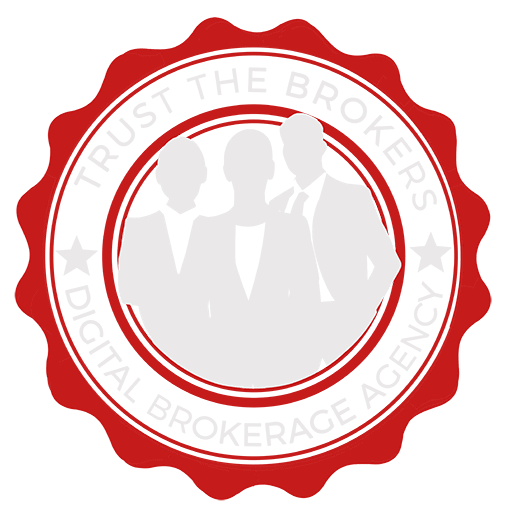The valuation of a company is an essential aspect of running a successful business. Valuation of a company helps business owners determine the value of their company, which is crucial for setting pricing strategies, attracting investors, and making informed decisions about growth and expansion. While there is no one-size-fits-all approach to the valuation of a company, there are several techniques that can help you get a better understanding of your company’s value. Here are 11 ways to discover the secrets of successful valuation techniques:

11 Valuation Techniques
Comparable Companies Method
An effective tool for gauging your business’s success is comparing it with other companies in the same industry. This comparison allows you to develop a:
- well-rounded perspective of your performance and how it measures up to similar businesses.
- You can easily draw insights from this comparative analysis by looking at financial metrics such as revenue, profit margins, and market capitalization.
- You can make informed decisions that will enable your company to stay ahead of its competitors.
Comparable Transactions Method
Acquisitions and mergers can provide valuable insight into how the market values similar companies. By taking a closer look at recent transactions, you can determine the prices being fetched. While the data won’t provide an exact answer, it will give a sense of where potential value lies. This method of examining public exchanges is particularly useful for those in the financial or business industries looking to make informed decisions about potential investment opportunities.
Discounted Cash Flow (DCF) Method
The DCF method is a powerful asset for businesses that plan to capitalize on their cash flows and make a profit. How?
- By projecting future cash flow amounts
- By assessing the risk associated with them
- By discounting them back to the present to determine their present value
Businesses can plan strategically for growth and success over time. The DCF method is especially useful with companies with good predictability in terms of cash flow generation and those with a clear growth trajectory they need to follow. It can also be great for streamlining capital investments to maximize profitability. Valuation of a company helps the company to determine its success.
Dividend Discount Model (DDM)
The Dividend Discount Model (DDM) is frequently used to appraise a company’s stock. By projecting future dividend payments and discounting them in the present, it embodies the notion that shareholders received rewards for investing in a firm’s stock. As a result, investors can anticipate the expected return from their investment. The DDM is an effective tool for valuing a company’s stock since it considers long-term dividends that may not be accurately captured by other methods, such as the Discounted Cash Flow (DCF) model.
Earnings Multiple Method
The Price-to-Earnings ratio (P/E ratio) is an effective way to determine the value of a company in a competitive marketplace. By analyzing the P/E ratio of your company compared to those of similar companies, you can identify if your management team’s efforts have successfully driven its stock price performance. Moreover, by factoring in sector trends, you can identify whether unevenly distributed industry growth may explain discrepancies between your company’s P/E ratio and that of its peers. This approach can help you decide when to adjust your company’s pricing structure or other components of its value chain for the valuation of a company.
Net Asset Value (NAV) Method
The NAV (Net Asset Value) method is an incredibly useful tool that businesses can use to understand their overall value. This technique can be helpful for businesses because:
- It considers all of the company’s assets, such as its property, plant, and equipment, along with its liabilities.
- Evaluate how well its assets are performing.
- Getting a better understanding of the net worth of their tangible assets
- Gaining insight into how they might further increase the value of those resources.
- Allows businesses to effectively use and measure all their resources to maximize growth potential
- Identify areas to focus on for improvement.
Price-to-Book (P/B) Ratio Method
The price/book ratio (P/B) is a valuable tool for businesses to gauge their market value relative to other companies in the same industry. To calculate the P/B ratio you have to do this:
- divide your company’s market value by its book value. Book value refers to the number of assets minus liabilities that make up a company’s value.
Understanding this measure of market value allows you to better plan for your company’s growth and success in the future.
Revenue Multiple Method
Using a price-to-sales ratio can be invaluable when analyzing the competition and understanding how valued your business is by the market. This method involves taking all of your company’s revenue and comparing it to similar businesses to decide how much of an impact you are making in the marketplace. The impacts are:
- You can better understand how other people view your product or service and make adjustments accordingly if needed.
- It’s a great way to benchmark yourself against those companies you compete with to ensure you always stay one step ahead and for a better valuation of a company.
Cost of Capital Method
Estimating the costs associated with capital financing – debt and equity – is important in understanding a company’s financial health. The cost of capital method can be extremely useful in this regard:
- Allowing companies to take stock of all their sources of financing and ascertain the actual costs associated with each source.
- Allows them to better evaluate the returns on certain investment opportunities
- Giving them an edge when considering their long-term strategies.
By capitalizing on these savings, companies can more efficiently allocate their financial resources and maximize profitability.
Economic Value Added (EVA) Method
The EVA method is a great way to determine the valuation of a company to measure its financial performance and potential. These are some of its benefits to your business:
- Businesses can quickly identify areas of waste and inefficiency by comparing the value generated by your company against the cost of its capital.
- This can lead to better management decisions on allocating capital and ultimately unlock new productivity levels.
- Evaluate business proposals and determine the risks and returns associated with investing in a project.
- Assign monetary values to investments late in the decision-making process, organizations can prioritize investments with the highest expected return while avoiding investments with greater risk.
Real Options Valuation Method
The real options valuation method is a powerful tool that can help with the valuation of a company:
- Accurately appraise their potential investments and growth opportunities.
- Make calculated decisions rather than basing their plans solely on short-term results or instinct.
- Anticipate a range of future scenarios and analyze the expected return of each.
By utilizing the real options valuation method, firms can develop comprehensive strategies, and plans with more confidence and surely for the valuation of the company, leading to better business outcomes in the long run.
To Wrap Things Up
As the world progresses, company valuation techniques will become more reliable and commonly used. These 11 ways are the best for accountants to understand a company’s value. Although some tips may be more difficult than others to decipher, they all play an important role in coming to an accurate final number. With further research and development in this area, we can only hope that more reliable methods will be discovered soon.
Talk with Trust The Brokers to help you with your company valuation.




